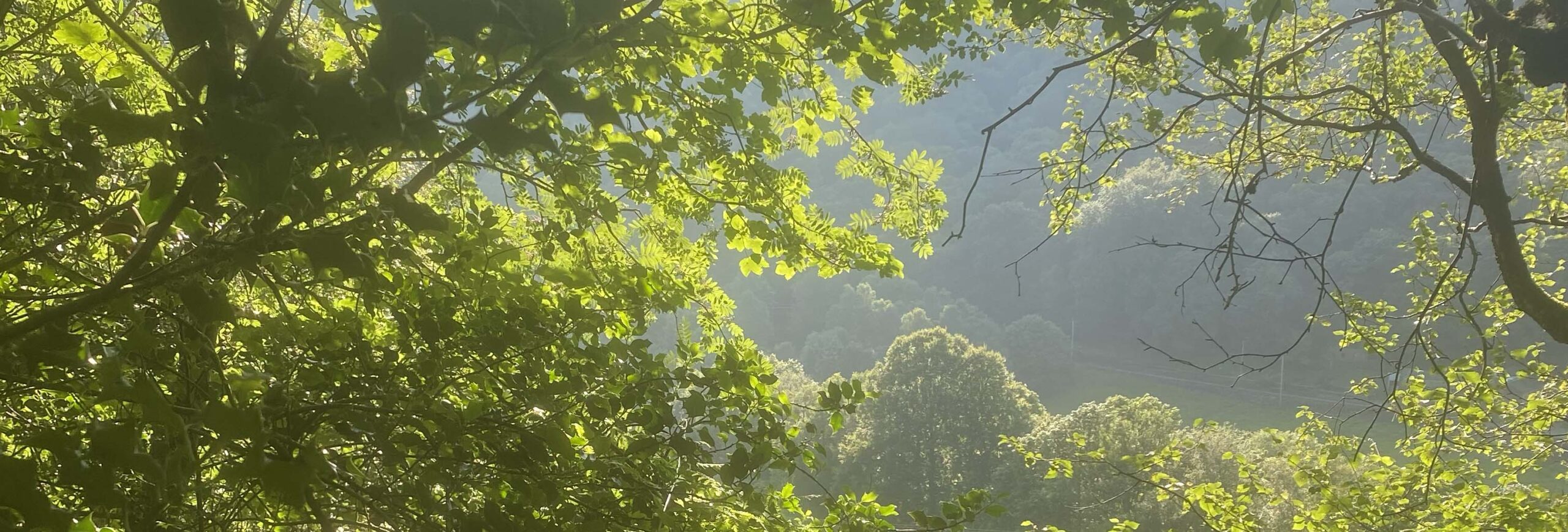Forest School
Children are naturally and inherently curious. They love to be outside and explore.
But constant media coverage of the dangers lurking outside in the big bad world make parents fearful for their children’s safety, leading to children becoming physically inactive and disconnected with the natural world around them.
Our school systems don’t make outdoor play and learning about nature a priority, but more and more parents and teachers are recognising the benefits that nature can bring.
More schools are introducing Forest School into their everyday curriculum.
Forest School is not ‘school’ in the true sense of the word. It is a holistic child led process of learning through play in a woodland environment with minimal adult direction. Children get to ‘play out,’ and as 74% of children now spend less time each day outdoors ( 60 minutes ) than prisoners in high security prisons, Forest School is a fantastic opportunity to get children playing out in a secure environment with trained Forest School practitioners.
My Forest School journey began because I wanted to ‘teach’ children about nature.
About the importance of bees, and other insects and how we can help nature recover.
During the last fifty years we have experienced ‘insectageddon’ with experts saying we have lost 75% of insects from our skies and soil.
I enrolled onto the stage 1 course but after doing the first few days, I realised that in Forest School you don’t ‘teach’ – you facilitate, you observe children playing, you offer suggestions and springboards, you offer creative nature themed activities.
I questioned wether it was the right path to take.
However the fact that it takes place in an outdoor woodland setting with some sort of planned activity makes it the perfect environment to connect children to nature, and Forest school leaders are in a unique position to make that connection. It seemed too good an opportunity to waste. I decided to give the stage three course a go.
Playing out in the woods
The woodland environment is a rich and abundant natural environment, with wildlife and plants to discover and investigate, places to hide and explore, sticks, pebbles, cones, leaves and branches to play and be creative with, and children are exposed to different landscapes and weather through the seasons.
This makes the woods especially suited for imaginative play and creativity. Running about in the woods improves children’s strength and stamina. Small achievements like making a den will improve their sense of self esteem. Moving sticks and logs around helps children’s physical coordination while working out how to make the sticks stand up engages their intellect.
The benefits of playing out are immense, after a lot of research it is now widely acknowledged that children learn through play.
Playing out at Forest School establishes children’s connection to nature and offers a unique approach to early years education.
The woodland environment is the perfect setting for children to become more aware of the inter-connectedness between themselves and the natural world. Forest School is the perfect place to establish these connections.
Engaging children with nature can be done in many ways and the internet is flooded with lots of great ideas for activities. But in order to really engage children the activities should be fun, creative learning experiences always inspired by nature
The Forest School Ethos
Play in a woodland setting builds children’s physical strength improves their self confidence, resilience and independence, it sparks their curiosity by being immersed in a setting with a range and diversity of resources that can be used in lots of different ways.
The adult role in Forest School is to provide springboards, suggestions and starting points and watch as the children take these forward.
Starting the session with a story gives the children a focus, for instance a story about a hedgehog trapped in a garden at one of my sessions led to children going off to make homes for the soft toy animals I had used as props. The children then move on to make the play their own, making dens and playing house or maybe something entirely unconnected.
In another session the theme was baby birds. The game ( see photos in resource pages ) entailed children having a race to feed the baby birds.
The food was caterpillars ( pasta shapes ) and worms, (spaghetti) The children in two teams had to race to feed the baby birds, ( birds made from large milk cartons )
The aim was to explain the tough time the adult birds have finding enough caterpillars to feed their young and why we need to plant wildflowers to produce the habitat the butterflies need to lay their eggs.
Using props they can interact with, helps children with their understanding.
Because the stories are written in rhyme the narrative becomes even more memorable as the brain creates patterns and the information becomes easier to recall.
The children enjoyed the race and the action of picking up the worms ( spaghetti ) and caterpillars ( pasta ) with tongs helped improve fine motor skills.
In my resource page I have produced some Forest School sessions, using rhyming stories and props. The ideas can be used by parents at home or Forest School leaders, or anyone wanting ideas to get children outside and connecting with nature.
If you are reading this and looking for ideas to introduce nature themes into Forest School sessions feel free to use them. I will be adding to them regularly and would value any feedback and suggestions.
